A Comprehensive Guide to Different Maine Coon Growth Stages and Development Milestones

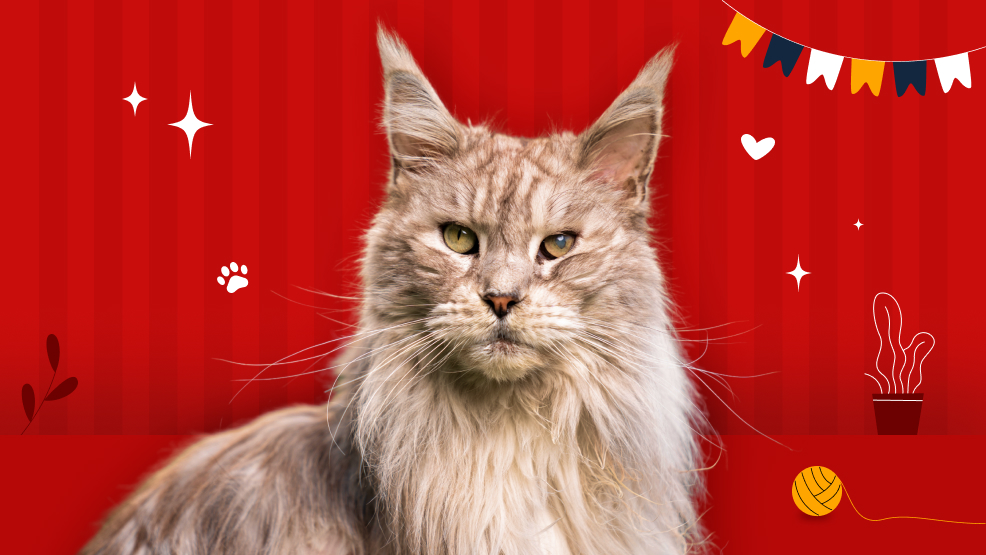
You’ve probably heard of the majestic Maine Coon, the largest domesticated cat breed in the world. These gentle giants are known for their striking appearance, with their long, shaggy coats and distinctive ear tufts. But did you know that Maine Coons go through a unique growth journey, unlike any other cat breed?
In this comprehensive guide, we’ll dive deep into Maine Coon growth stages, from their adorable kitten days to their regal adult years. We’ll explore the factors influencing their growth, provide you with a handy Maine Coon size chart, and share valuable insights into their personality traits and care requirements. So, get ready to go on an exciting adventure into the world of these magnificent cats!
A Brief Overview of Maine Coon Cats
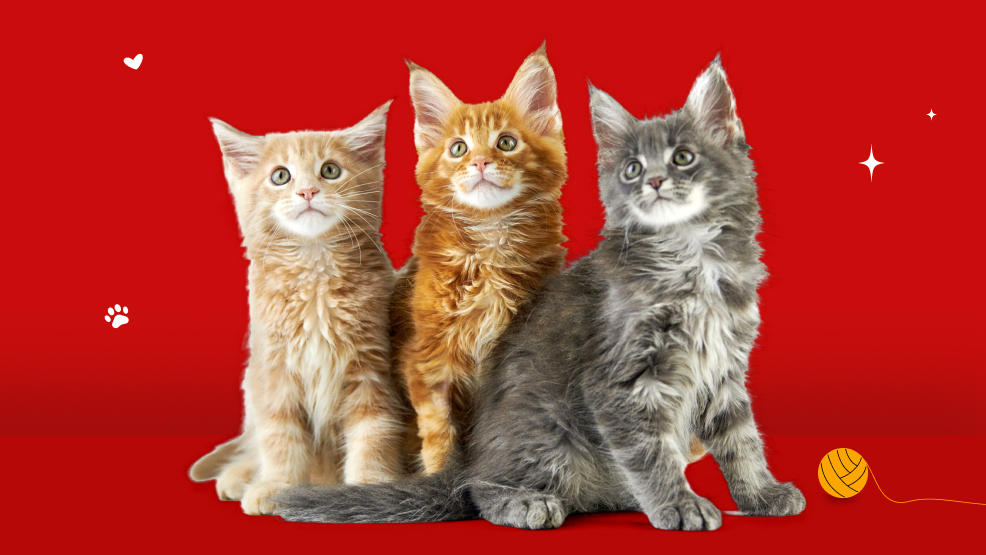
You already know that the Maine Coon cat is the largest domesticated cat breed in the world. But do you know that it is also one of the oldest natural breeds in North America? The breed originated in the state of Maine, where it is the official state cat.
There are lots of theories surrounding the Maine Coon’s origin in the USA, but one of the most possible theories is that in the mid-1800s, European ships used to have long-haired cats to keep a check on mice and rat populations onboard.
When these ships docked at Maine, which back then was a popular harbor where ships would stop to refuel and get repairs, these cats mated with local, now extinct short-haired cat breed.
This resulted in litters of long-haired kittens found all along the coast of New England and would later become known as the Maine Coon cat. Here is a brief overview of this breed before we move on to talking about the Maine Coon growth stages.
Maine Coon Characteristics and Personality Traits
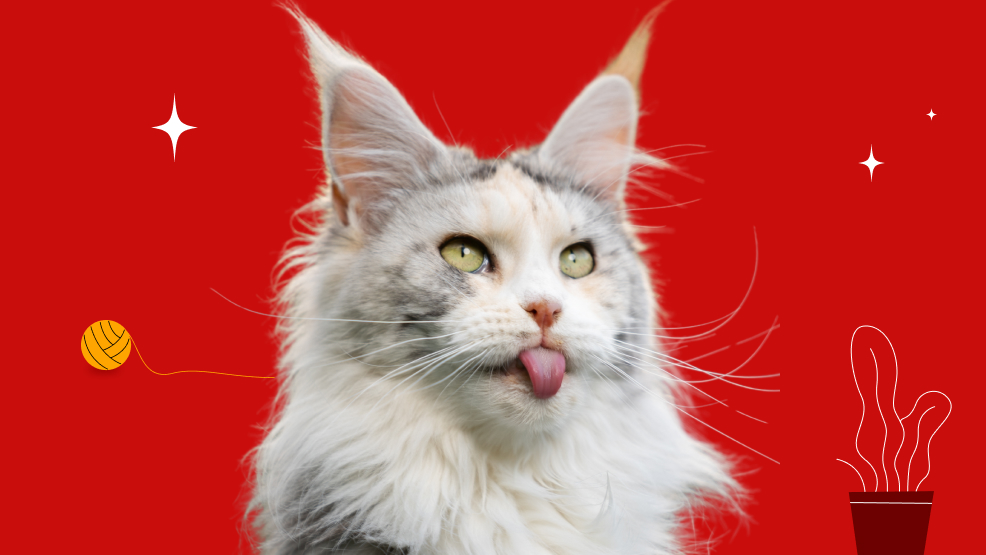
Despite their impressive size, Maine Coons are often described as “gentle giants,” with a calm and easygoing demeanor that makes them excellent companions for households with children or other pets. They are typically patient, tolerant, and adaptable, making them a great choice for families with young children.
As your Maine Coon grows and matures, you’ll witness their personality blossoming, creating a strong bond that will last a lifetime. If you are thinking of adopting a Maine Coone cat, then you are probably wondering, “are Maine Coons friendly?”
This is quite natural, considering most kitties (irrespective of breed) have a reputation for not being friendly. But rest assured, one of the most endearing traits of Maine Coons is their friendly and affectionate nature. These gentle giants are known for their love of human companionship and their ability to form strong bonds with their families.
Because of their gentle temperament, Maine Coons also gets along well with other pets, including dogs. So, if you already have this cat breed, and are thinking of getting a dog too, here are some suitable dog breeds for Maine coon companionship:
- Golden Retrievers
- Beagles
- Bichon Frise
- Poodle
Physical Characteristics of Maine Coon
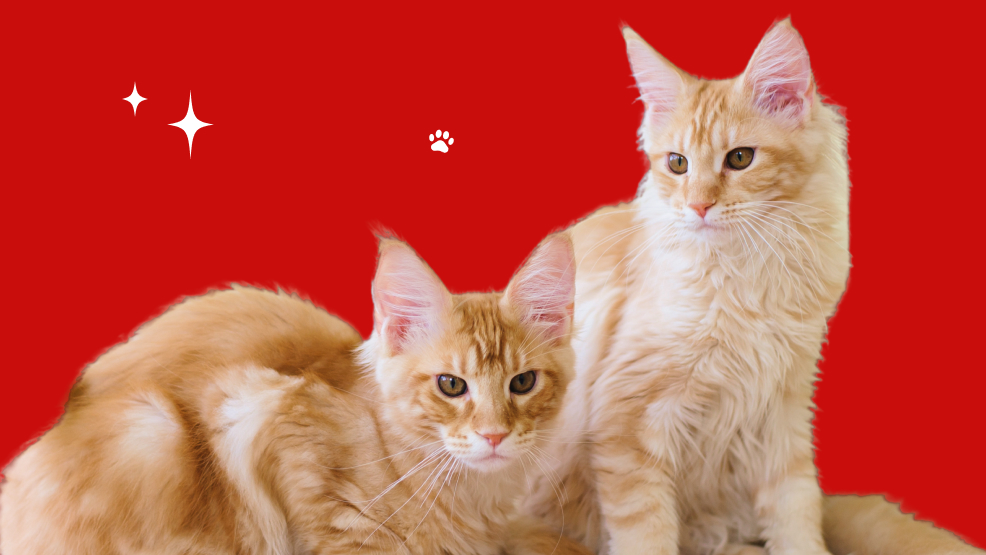
While height is often the first thing that comes to mind when thinking about this cat breed, the Maine Coon mass is equally impressive and noteworthy. These cats are built for strength and endurance, with a sturdy frame and muscular build.
Male Maine Coons can weigh anywhere from 14 to 24 pounds, while females typically range from 9 to 14 pounds. However, it’s not uncommon for some exceptional cats to exceed these averages, with some males reaching a staggering 30 pounds or more!
They have a muscular, rectangular body with a broad chest and a long, bushy tail that resembles a raccoon’s tail. Their coat is long, shaggy, and water-resistant, with a dense undercoat. The fur is shorter on the shoulders and longer on the stomach and britches (rear legs).
Maine Coons also sport a wide variety of coat colors and patterns. This includes solids like white, black, cream, red and blue or bluish gray. So if you are looking for a black Maine Coon cat, you can easily find one. Tabby is also quite a common pattern for Maine Coons, and it comes in several types: classic tabby, mackerel tabby and ticked tabby.
In addition, some Maine Coons also sport Bi-color coats, which is a combination of one solid color with white. Some common combinations include black and white, cream and white and red and white.
Lifespan and Common Health Issues in Maine Coons
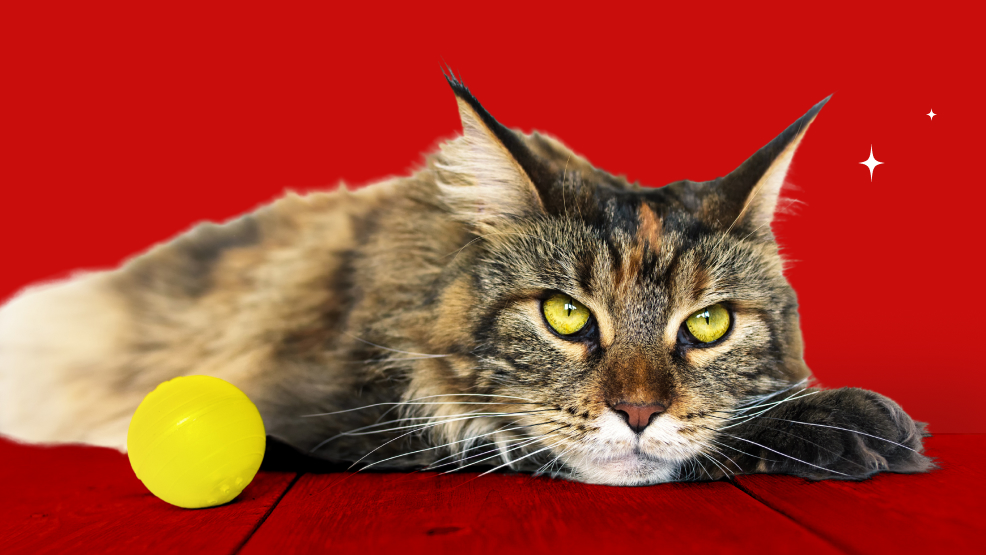
Maine Coons are known for their longevity, with an average lifespan of 10 to 13 years. However, with proper care and a healthy lifestyle, many Maine Coons have been known to live well into their late teens or even early twenties.
But like any breed, Maine Coons can be susceptible to certain health issues. By being aware of these potential concerns, you can take proactive steps to ensure your furry friend’s well-being:
- Hip Dysplasia: This condition, characterized by abnormal hip joint formation, can cause pain and mobility issues. Regular vet check-ups and appropriate exercise are essential.
- Hypertrophic Cardiomyopathy: A form of heart disease that can lead to heart failure if left untreated. Regular cardiac screenings are recommended.
- Polycystic Kidney Disease: A genetic condition that can cause kidney cysts and potential kidney failure. Early detection and management are crucial.
- Obesity: Due to their large size and appetite, Maine Coons can be prone to weight issues if not properly managed. Maintaining a balanced diet and exercise routine is key.
By working closely with your veterinarian and providing your Maine Coon with regular check-ups and preventative care, you can help mitigate these potential health concerns.
Understanding Maine Coon Growth Stages
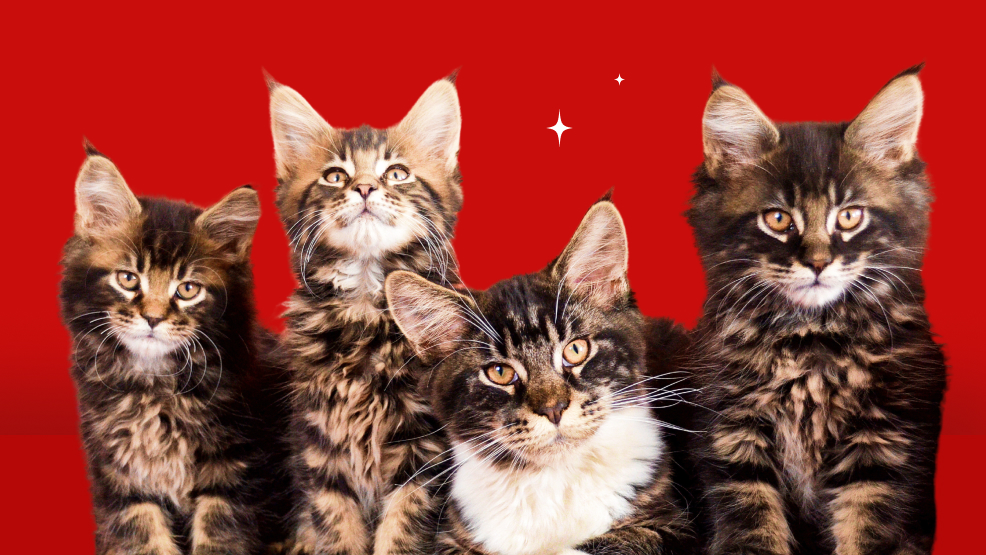
Unlike their small-sized feline counterparts, Maine Coons have an extended growth period that can span several years. Their growth stages are divided into distinct phases, each with its own unique characteristics and milestones. Understanding these stages is crucial for providing your furry friend with the proper care and attention they deserve.
Maine Coon Size Chart and Growth Milestones
Check out the chart below to understand your Maine Coon cat’s size and growth journey. In the chart, we have also outlined the key milestones they will reach along the way:
| Age/Lifestage | Approximate Weight | Milestone |
| Birth | 3-5 ounces | Welcome to the world, little one! |
| 4 weeks | 1-2 pounds | Eyes and ears fully open, ready to explore. |
| 8 weeks | 2-3 pounds | Time for solid food and socialization. |
| 12 weeks | 3-5 pounds | Playful and curious, learning new skills. |
| 6 months | 6-10 pounds | Adolescence begins, growth spurt incoming! |
| 1 year | 10-15 pounds | Approaching adulthood, still growing. |
| 2 year | 15-20 pounds | Reaching their full size and maturity |
| 5+ years | 15-25 pounds | Prime of life, majestic and regal. |
Keep in mind that these are approximate values, as individual growth rates can vary.
Maine Coon Growth Stages: From Kitten to Adult
Now that we’ve covered the basics let’s dive deeper into the fascinating growth stages of Maine Coons. From their tiny kitten days to their regal adult years, each stage brings its own unique challenges and milestones.
Newborn Kitten Stage (0-4 weeks)
During the first few weeks of life, Maine Coon kittens are completely dependent on their mother’s care. They are born with their eyes and ears closed, and their primary focus is on nursing and staying warm. This stage is crucial for their early development and bonding with their mother and littermates.
Socialization Stage (4-8 weeks)
As Maine Coon kittens reach 4 weeks of age, their eyes and ears open, and they begin to explore their surroundings. This is the prime time for socialization, where they learn important life skills and develop their personalities. During this stage, they start to play, interact with their littermates, and become more independent.
Weaning Stage (8-12 weeks)
At around 8 weeks old, Maine Coon kittens are ready to transition from their mother’s milk to solid food. This is an important milestone as they begin to develop their hunting and feeding skills. During this stage, they also become more active and playful, honing their natural instincts and curiosity.
Adolescent Stage (6 months – 1 year)
As Maine Coon kittens reach adolescence, they undergo a significant growth spurt. This is when their distinctive traits, such as their long coats and ear tufts, become more pronounced. During this stage, they may also exhibit some behavioral changes, such as increased independence and exploration.
Young Adult Stage (1-2 years)
By the time they reach their first birthday, Maine Coons are well on their way to adulthood. However, their growth doesn’t stop there. During the young adult stage, they continue to fill out and gain muscle mass, reaching their full size and maturity around 2 years of age.
Prime Adult Stage (3-5 years)
Once your Maine Coon reaches their prime adult stage, they are at their peak in terms of size, strength, and overall health. This is when their majestic appearance and regal demeanor truly shine. During this stage, they are often at their most active and playful, making the most of their impressive physical capabilities.
Feeding and Nutrition To Support Maine Coon Growth
Proper nutrition is essential for ensuring your Maine Coon’s healthy growth and development. Here are some tips for feeding your furry friend at each stage:
- Kitten Stage: High-quality kitten food formulated for large breeds, fed several times daily to support rapid growth.
- Adolescent Stage: Gradually transition to adult cat food formulated for large breeds, adjusting portions as needed.
- Adult Stage: Maintain a balanced diet with high-quality protein sources and essential nutrients, adjusting portions based on activity level and individual needs.
Remember to always provide fresh, clean water and consult with your veterinarian for personalized dietary recommendations.
Once you have an understanding of Maine Coon growth stages, you will be able to easily carry out the responsibilities easily. Embrace their quirks, celebrate their milestones, and enjoy the journey together, creating memories that will last a lifetime.






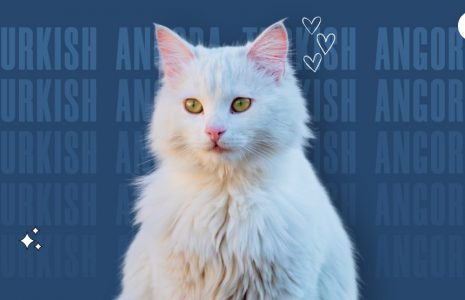
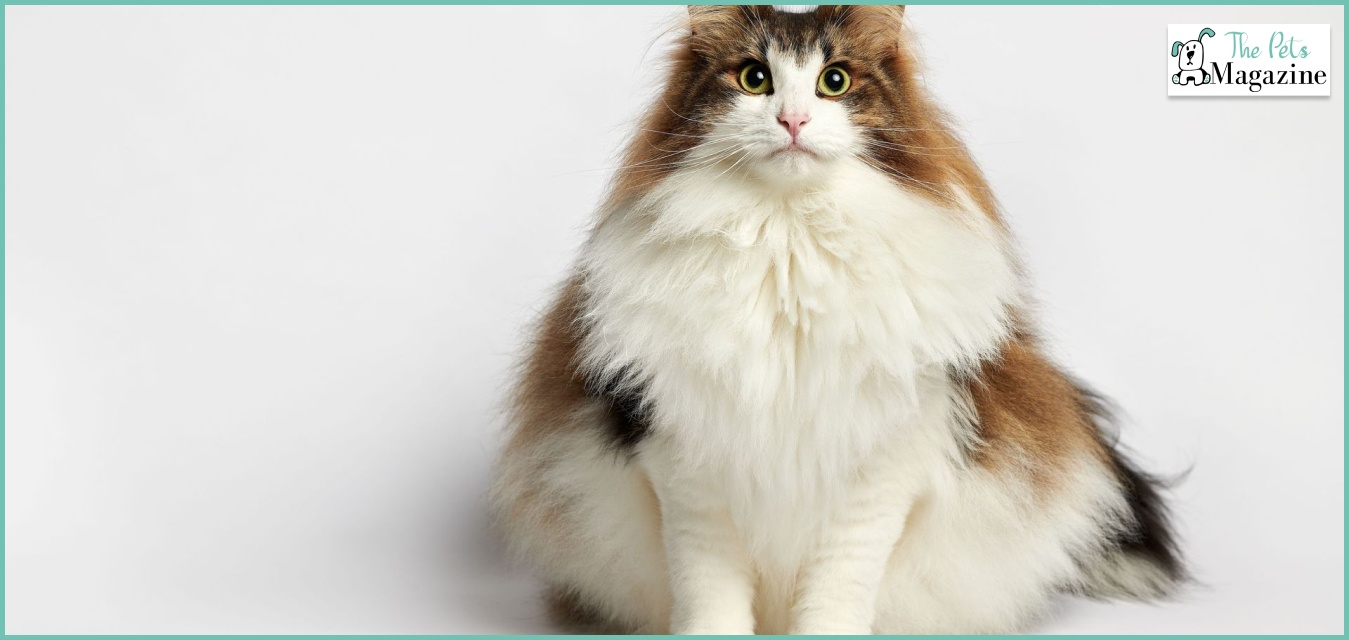
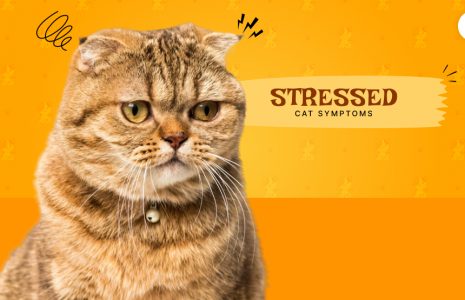
Leave A Comment